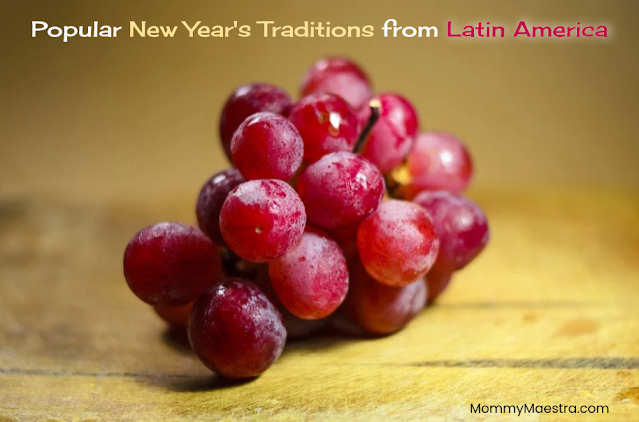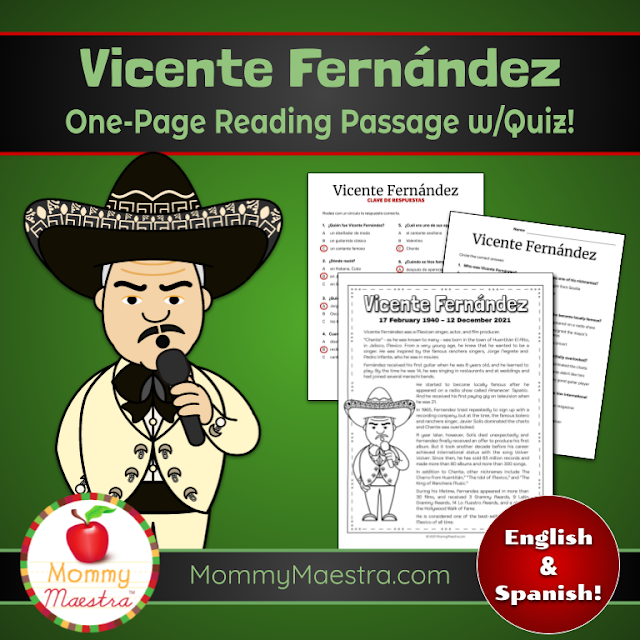
New Year is a time to celebrate, to bid the year goodbye goodbye, and and welcome a new one with open arms. It’s a time of joy and renewal. People across the world practice different New Year’s rituals and traditions in hopes that it will come in with good luck, health, love, and fortune.
Latin America is no exception to the rule. Latin Americans celebrate the New Year with joy, great food, and unique traditions. Some are pretty classical, while others are quite quirky. Here is a list of some of the most popular New Year’s traditions that people love to practice in Latin America to start the year right!
Popular New Year's Traditions in Latin America
Eating Twelve Grapes at the Stroke of Twelve Bells
One of the most popular ways to welcome the new year in Latin America is by eating twelve red grapes as the twelve-second countdown begins before the clock strikes midnight. Each grape represents a wish, one for every month of the year. This tradition can get pretty fun, as twelve seconds isn’t really a lot of time to stuff 12 grapes into your mouth, so rushing is essential.
This ritual was imported from Spain and is practiced by people in several Latin American countries, including Mexico, Argentina, and Colombia.
Sweeping
 |
| © Can Stock Photo - nebari |
Carrying a Suitcase Around the Block
Another fun New Year’s tradition for many Latin Americans is to throw some clothes into a suitcase and carrying it around the block. As you probably already guessed, this is done with the hope that the new year brings in a lot of traveling. It can be quite uncanny seeing people wandering around with their suitcases at midnight, but well, on December 31st, this is a pretty common sight in Latin America!
Jumping Seven Waves
Wearing Colored Underwear
Believe it or not, this tradition is very common in many Latin American countries! A lot of Latin Americans carefully pick their underwear’s color on New Year’s eve, having in mind what they hope to find in the coming year.
Red undies are believed to attract love, while yellow ones bring in fortune, and white beckons peace. In Argentina specifically, pink underwear is worn to attract good things in general.
 |
| © Can Stock Photo - StudioLightAndShade |
Wearing White Clothes
In countries like Argentina and Brazil, people typically dress in white clothes on New Year’s Eve. White symbolizes new beginnings, peace, and prosperity, so they pick their outfits in the hopes of filling the coming year with everything white represents.
Burning the Old Year Away
As a way to celebrate the coming of the new year, people in Ecuador have a tradition of burning the old one away.
This is done by getting together with the closest people in your life (be it friends or family) on the evening of December 31st and then throwing a doll made of cardboard and cloth into a bonfire. The doll symbolizes the year that is ending. If the year was a bad one, it can be thrown and hit before being tossed into the fire! On the other hand, if the finishing year was good, the doll can be cuddled with joy before going into the bonfire.
I hope this list of New Year’s traditions in Latin America has shone some light on how people in this region of the world bid the year goodbye to make space for the new one!























